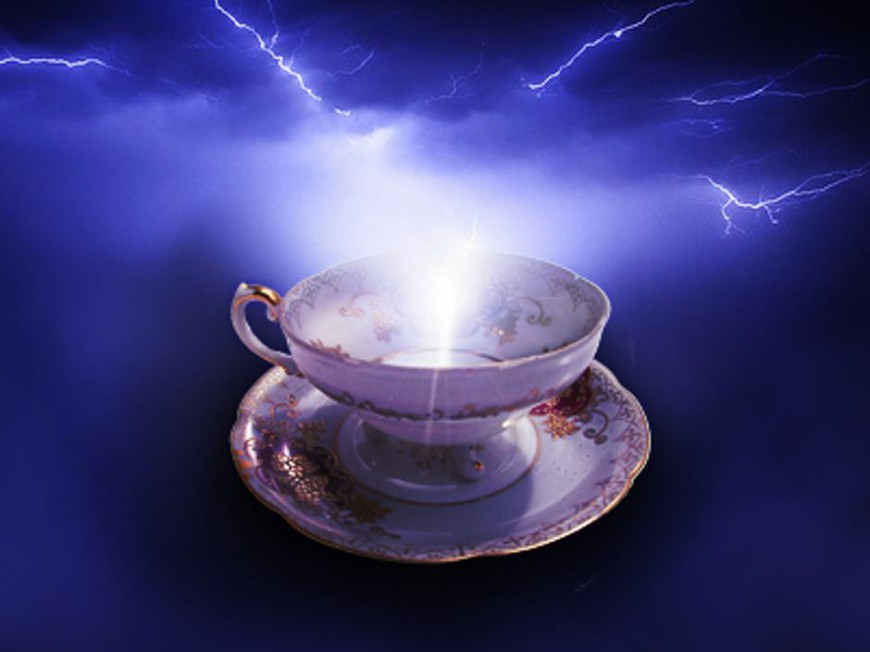

With a possible resolution for the PokerStars protest on the horizon, we take a look back at the attention that has surrounded PokerStars since it announced changes to its VIP rewards program back on November 1.
High Volume Players Unhappy
Although changes to the VIP program were first talked about back in 2014, it has become clear that the high volume players did not expect such a harsh scaling back of the program.
Players at the Supernova and Supernova Elite VIP status levels saw a substantial reduction in benefits as well as the withdrawal of all VIP benefits for players playing at No Limit stakes of $5/$10 and above.
The main complaint is that players put in high amounts of volume at the online poker tables in an effort to achieve Supernova Elite VIP status in 2015 which would provide them with a certain level of benefits in 2016, but under the announced changes those stated benefits for 2016 have been significantly reduced.
The Boycott
Because of this, the beginning of the month saw as many as 2,500 high volume players boycotting PokerStars platforms for a period of three days. The most vocal protester of which being Dani “Ansky” Stern who fast became the poster boy of the boycott campaign.
He has argued that the benefits and status of being part of the rewards program constitutes a marketing promotion that in effect qualifies as a contract between PokerStars and players. He even went on to cite the UK code of advertising for gambling products to substantiate his argument.
Other famous players have also been backing the boycott, notably: Phil Galfond, Ben Slusky, JC “PrtyPsux” Alvarado, Peter “Apathy123” Jetten, Ola “Odd_Oddsen” Amundsgaard, and Justin “ZeeJustin” Bonomo.
PokerStars has weathered the boycott storm before. However, a previous player protest in France, was not supported by such high profile players on a global level.
The Bottom Line
The question of whether the boycott married with the negative press the operator has garnered since the announcement has made a dent in their bottom line is a good one.
But the answer is that it probably only effected revenue in the the short term. However, it was reported that total losses from reduced tournament entries amounted to around $700,000 over the protest period.
Even though there is little doubt that the amount of rake collected by PokerStars was reduced by the protest, the company reported that the period during the strike yielded “the healthiest consecutive three-day ecosystem results of the year.”
Collecting less rake is the short-term effect, but recreational players losing less money will translate into higher future revenues as more of their bankrolls will be converted into rake, the company contends.
It could also be argued that damage to the brand from negative press resulting from the changes and boycott have the potential of being costly.
Losing customer confidence and the support of professionals from within the poker community could potentially dent the brand’s image and is something all companies—no matter how big—look to avoid.
However, it is also likely that a majority of PokerStars current customers, along with those the company is looking to attract as new customers, will likely not have heard about the controversy which has largely been contained within the segment of the poker community that frequents poker forums and poker media outlets.
The Resolution
PokerStars has listened to complaints from their customers in the past and rolled back some announced changes that caused the most uproar, but this time may be different.
PokerStars has stood pat so far, opting not to backtrack on even the most controversial changes. But talk of a meeting between Stern and Amaya CEO David Baazov seems to indicate that a compromise may be in the works after all.
It will be interesting to see if the meet which was brokered by Daniel Negreanu, actually takes place and how it eventually plays out, as PokerStars tries to regain trust of its most affluent players.

